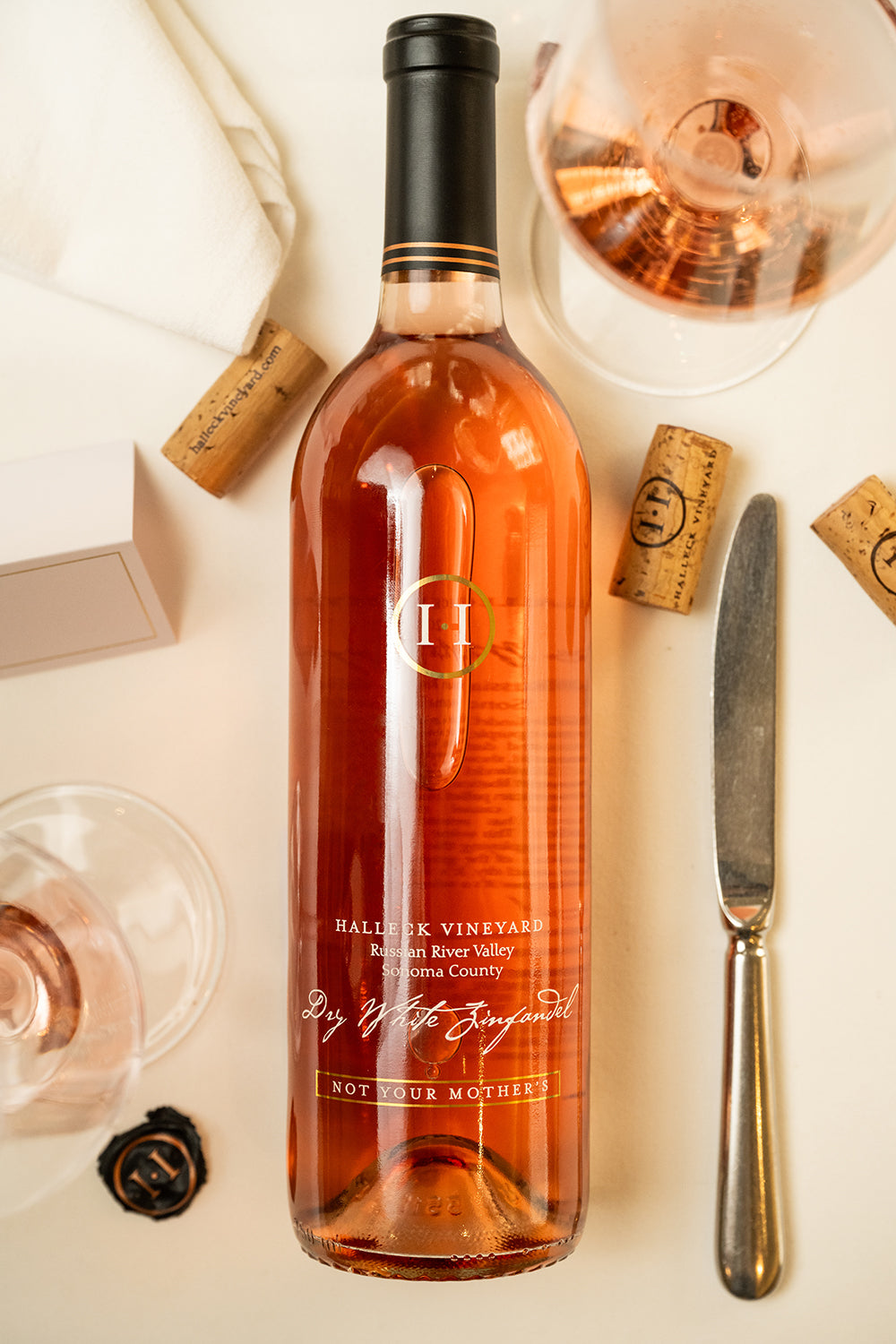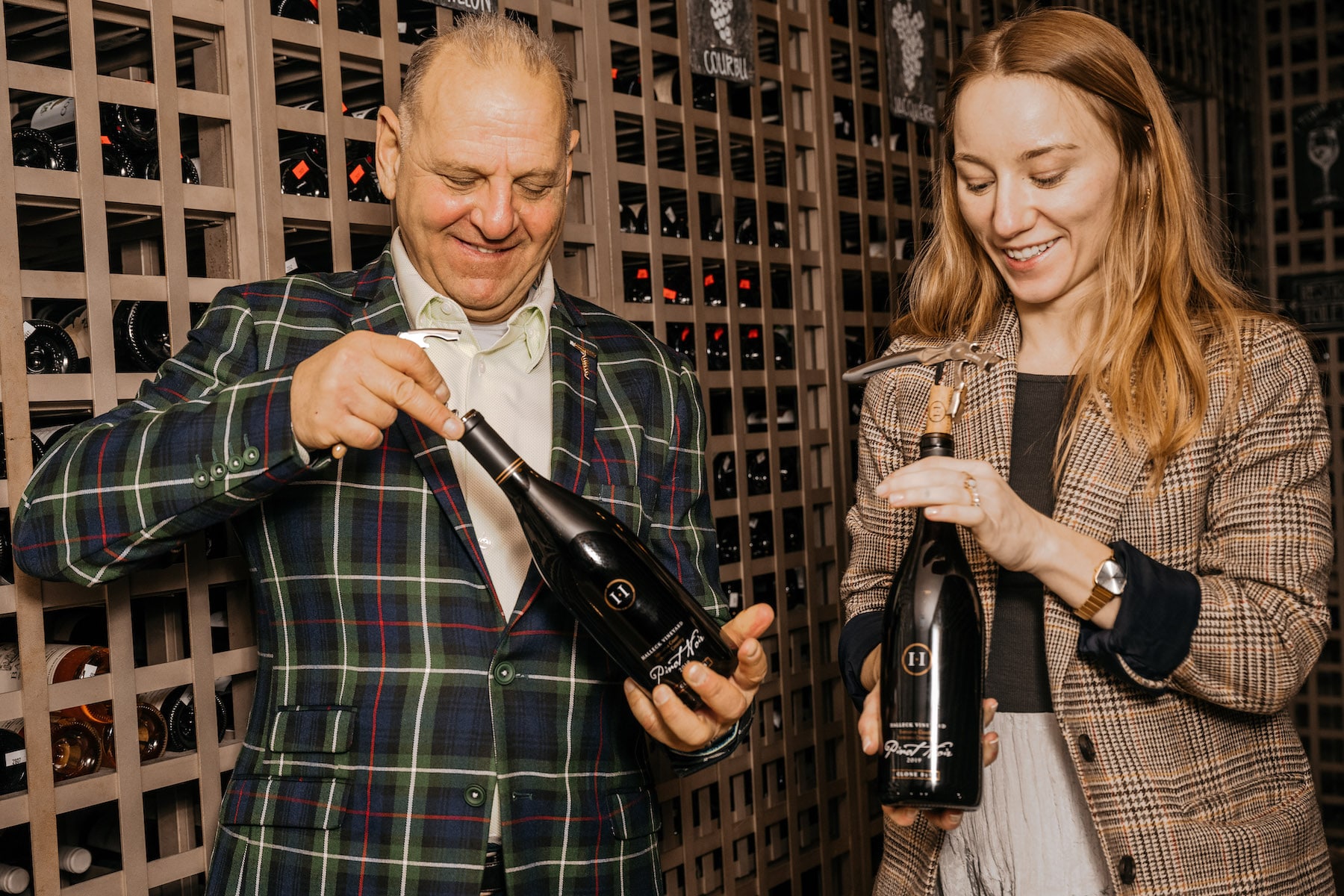Recommendations for Dog-Friendly Wineries in California
Locating the Most Memorable Wineries in Sonoma County 95461
Understanding the nuanced vocabulary associated with winery wine tasting is crucial for both novices and seasoned connoisseurs alike. Each term brings to life the experience of tasting wine and can improve one’s appreciation of the many intricacies involved. Wine tasting is extra than simply consuming; it is an art that includes various senses and feelings.
To begin with, the term "nostril" refers again to the aromas one detects when smelling the wine. This is an important step as a result of the bouquet units the stage for the tasting experience. Notes of fruit, spice, earth, and wood could mingle, offering a glimpse of what the palate may confirm. Understanding "nosing" the wine can dramatically elevate one's sensory journey.
One Other key side is the term "physique." The physique of the wine describes its weight and fullness on the palate. A full-bodied wine has a sturdy presence and tends to linger longer after swallowing. Conversely, light-bodied wines could really feel more delicate and refreshing. Recognizing the physique helps tasters assess the wine's construction and balance.
How to Plan the Ultimate Wine Tasting Day in Sebastopol
The idea of "tannins" is vital in purple wine tasting. Tannins are compounds derived from grape skins, seeds, and stems, contributing to a wine's texture and getting older potential. Excessive tannin wines often result in a dry mouthfeel, while lower tannin levels yield a smoother experience. This distinction is particularly essential when pairing wines with food, as tannins can both complement or clash with sure dishes.
In addition to tannins, "acidity" plays a significant position within the wine tasting experience. Acidity provides wine its crispness and liveliness - Book Your Experience for Unforgettable Wine Tours in Sonoma. Wines with greater acidity are usually refreshing and energizing, making them wonderful companions for a variety of foods. Recognizing acidity can drastically improve one’s food-pairing capabilities and general tasting enjoyment.
When delving into the flavour profile of a wine, one could encounter the term "finish." The end refers again to the aftertaste that lingers in the mouth after swallowing. A lengthy end is usually related to high-quality wines, as it signifies complexity and depth. A quick finish could recommend a much less complicated wine. Understanding how to evaluate the end can reveal a lot a few wine's character.
Exploring the "vintage" can additionally be integral to wine tasting terminology. The vintage denotes the year by which the grapes were harvested. Totally Different years can yield vastly different results because of variations in climate circumstances. For occasion, a hot summer season can produce more concentrated flavors, while a cooler yr would possibly yield more subtle, nuanced wines. Understanding vintage permits for a deeper appreciation of a wine’s origin and potential.
Discover Organic Wine Choices at Award-Winning Wineries in Sebastopol 95409
The term "terroir" encompasses the geographical and environmental factors that contribute to a wine's distinctive character. Elements corresponding to soil sort, local weather, elevation, and topography all play a task within the flavor and quality of the wine. This connection to position helps one understand why wines from completely different regions can style so distinctively totally different, even when created from the same grape selection (Discover Family-Owned Wineries in California).

When partaking with wines, the phrase "leg" refers to the Continue droplets that form on the within of the glass after swirling. These droplets can indicate the wine's alcohol content and viscosity. Whereas observing the legs may not instantly relate to the wine’s style, it adds to the general experience and intrigue of wine tasting much less transparent.
Design the Perfect Vineyard Experience in California 95403
A more specific term which will come up throughout tastings is "oak." The affect of oak barrels on wine can impart flavors corresponding to vanilla, toast, or spice. The diploma of oak getting older can range broadly amongst wines, affecting each aroma and style. Understanding oak therapy supplies insights into the winemaker’s selections and the ensuing complexity of the wine.
In wine tasting, one may also hear the term "palate." The palate refers to the total style experience within the mouth. This encompasses sweetness, bitterness, acidity, and physique. A well-balanced palate is important for a harmonious tasting experience, and recognizing any imbalances helps assess the quality of the wine.
The experience of wine tasting is greatly enriched by understanding the terminology that accompanies it. Every term serves a purpose, enhancing the power to convey ideas and feelings concerning the wine one's experiencing. This vocabulary bridges communication between tasters, sommeliers, and winemakers alike.
To absolutely take pleasure in wine tasting, it's essential to engage all senses. The sight of the wine, its color, and readability can present perception into its age and quality. Swirling the wine releases aromas that heighten the olfactory experience, while the actual tasting permits for an entire evaluation of the wine's profile.
Vineyard Views in Sebastopol : A Nature Lover's Paradise 95404
In conclusion, understanding the detailed clarification of winery wine tasting terminology significantly enhances the experience of tasting. Every term invitations the taster to have interaction more deeply with the wine, encouraging connections to the senses, the winemakers, and the lands the place the grapes are grown. This nuanced vocabulary creates a richer, extra fulfilling wine tasting experience.
- Aroma refers back to the scents released by the wine, which can indicate its grape variety and influence the tasting experience.
- Tannins are pure compounds present in grape skins, seeds, and stems, contributing to the wine's construction and getting older potential.
- A end, or aftertaste, is the lingering flavor sensation that continues to be on the palate after swallowing, often a key indicator of quality.
- Body describes the weight and fullness of wine in the mouth, generally categorized as light, medium, or full-bodied.
- Terroir denotes the unique environmental characteristics of a winery that have an result on the style and quality of the wine, including soil kind and local weather.
- Acidity is a important part that contributes to a wine's freshness and steadiness, impacting its getting older functionality and total flavor profile.
- Vintage signifies the 12 months grapes had been harvested and performs a big position in determining the wine's characteristics, reflecting specific climatic conditions.
- Decanting involves pouring wine from its bottle into one other vessel, permitting it to aerate and enhancing its flavors and aromas.
- A corked wine could additionally be tainted by a defective cork, resulting in musty or off-putting flavors that detract from the wine's intended profile.
- The term “legs” refers back to the droplets that cling to the inside of a glass after swirling, usually related to the wine's alcohol content material and viscosity.undefinedWhat is the which means of "nose" in wine tasting?undefinedThe "nose" refers to the aroma profile of the wine, which is detected through the sense of smell. It Is an important facet of wine tasting, as aromas can reveal a lot about the grape selection, winemaking course of, and growing older.
How should I correctly style wine?undefinedTo taste wine effectively, observe these steps: observe the colour, swirl the wine to aerate it, take a mild sniff to capture the aromas, sip and let it coat your palate, and at last, note the finish. This approach helps in appreciating the wine’s complexity.
What are "tannins" and how do they have an effect on wine?undefinedTannins are pure compounds found in grape skins, additional hints seeds, and stems that contribute to a wine's structure and astringency. They can create a drying sensation within the mouth, and so they also play a task within the wine's getting older potential.
Explore unique Vineyards in Sonoma for Outstanding Wine Tasting 95403

What does the term "balance" imply in wine tasting?undefinedStability refers again to the harmony between the different elements of a wine, such as acidity, sweetness, alcohol, tannin, and flavor depth. A well-balanced wine will have every of these parts supporting each other quite than overpowering the others.
What is the importance of "terroir" in wine tasting?undefinedTerroir encompasses the environmental factors—such as soil, climate, and geography—that affect the traits of the wine produced in a selected region. Understanding terroir helps tasters recognize the distinctive qualities that different areas impart to their wines.
What does "vintage" mean and why is it important?undefined"Vintage" indicates the 12 months when the grapes were harvested. It is essential because it impacts the wine’s quality and traits, as weather circumstances in the course of the growing season can considerably affect flavor profiles and aromatics.
What are "legs" and what do they signify?undefined"Legs" refer to the droplets that type and run down the within of a glass after swirling wine. While they will indicate alcohol content and viscosity, they do not decide quality—this is extra about personal notion of richness.
Experience Unique Wine Tastings in Sonoma Valley 95403

What does "full-bodied" mean versus "light-bodied"?undefined"Full-bodied" wines are wealthy, dense, and sometimes have larger alcohol content material and complex flavor profiles, whereas "light-bodied" wines are more delicate and refreshing with a decrease alcohol content. This distinction helps tasters perceive the expected weight and mouthfeel of the wine.
How can I identify fruit flavors in wine?undefinedTo determine fruit flavors, consider the aroma and style profiles. Swirl the wine, inhale deeply to capture the bouquet, and focus on particular traits. Familiarity with typical fruit profiles of varied grape varieties can enhance this identification course of.
What is "end" in wine tasting?undefinedThe "finish" refers to the aftertaste that lingers within the mouth after swallowing. A long, complex end is usually a sign of high quality in a wine, as it displays the depth of flavor and general craftsmanship in the winemaking course of.